A Look into the Making of Swazi Traditional Dresses: Techniques and Materials
A Look into the Making of Swazi Traditional Dresses: Techniques and Materials
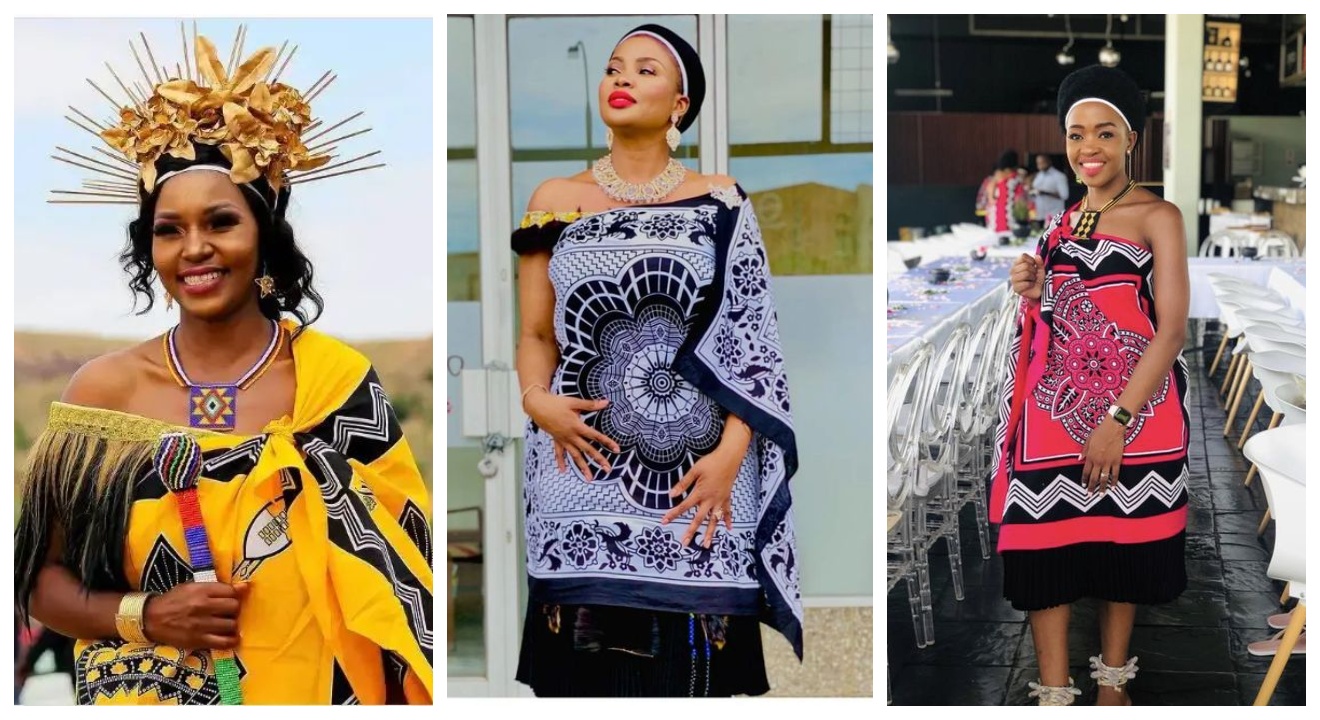
Swazi traditional dresses hold a rich history and cultural significance. These unique garments are meticulously crafted using traditional techniques and materials, resulting in stunning pieces of art. In this blog post, we will provide an overview of Swazi traditional dresses, diving into their distinctive features, designs, and meaningful symbols. By delving into the techniques and materials used in their making, we aim to showcase the intricate craftsmanship and the deep-rooted traditions behind these captivating dresses. Whether you are interested in fashion, culture, or history, this exploration into Swazi traditional dresses promises to be a fascinating journey.
Techniques Used in Making Swazi Traditional Dresses
Swazi traditional dresses are not only visually stunning but also reflect the rich cultural heritage of Swazi people. The making of these dresses involves intricate techniques and the use of traditional materials, showcasing the skilled craftsmanship passed down through generations.
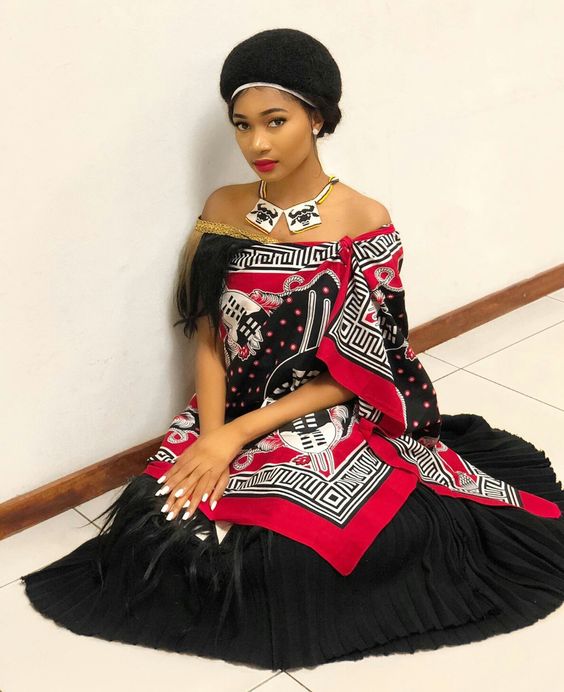
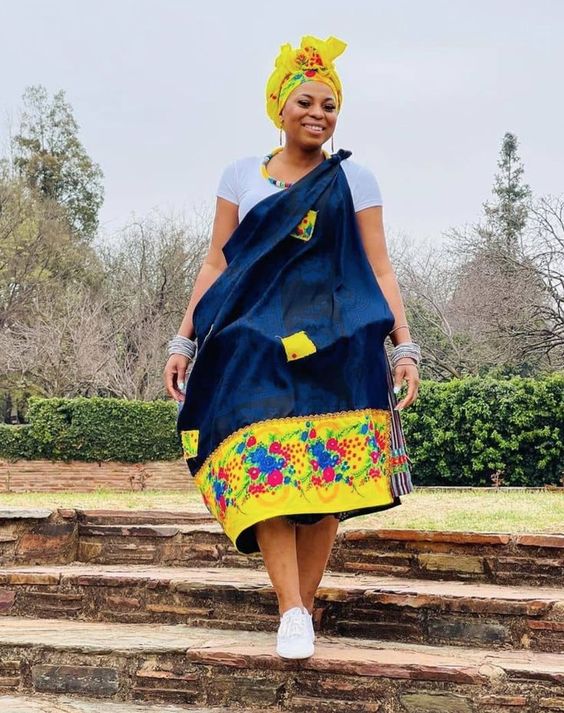
Hand weaving techniques
One of the prominent techniques used in creating Swazi traditional dresses is hand weaving. Skilled artisans use traditional weaving looms to create beautifully woven fabric. The process involves carefully selecting and arranging colorful threads to create intricate patterns and designs. The resulting fabric is then transformed into various dress styles, each with its own significance and symbolism.
Embroidery and beadwork
Another key aspect of crafting Swazi traditional dresses is embroidery and beadwork. Artisans skillfully stitch colorful threads onto the fabric, creating detailed patterns and motifs that add depth and texture to the dresses. Additionally, beadwork is often incorporated into the designs, with beads meticulously sewn onto the fabric to enhance its beauty and cultural significance.
The combination of hand weaving, embroidery, and beadwork techniques results in breathtaking Swazi traditional dresses that are not only fashionable but also uphold the traditions and values of the Swazi people, making them true works of art.
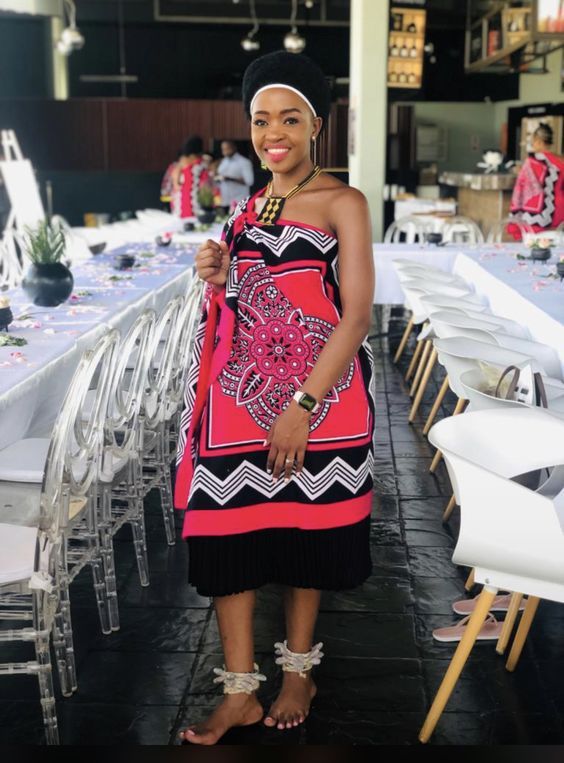
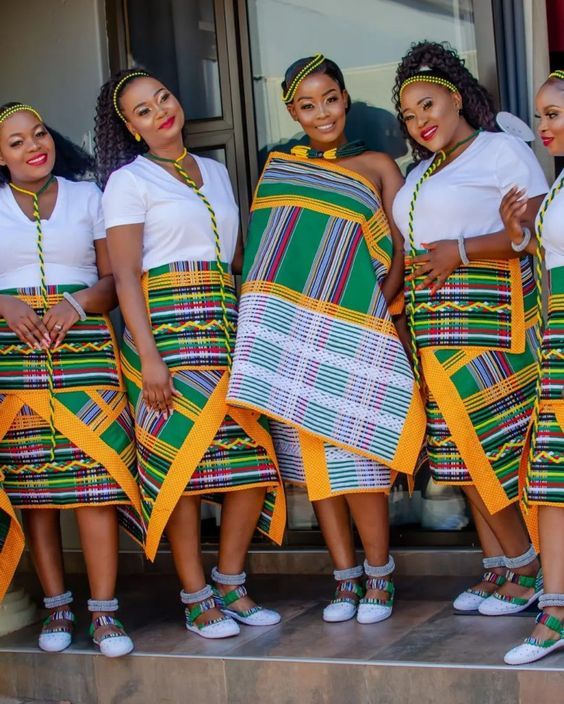
Materials Used in Swazi Traditional Dresses
Swazi traditional dresses are known for their exquisite craftsmanship and use of traditional materials. These dresses incorporate a blend of natural fibers and imported fabrics, resulting in stunning and unique creations.
Natural fibers: sisal and cotton
One of the key materials used in the making of Swazi traditional dresses is sisal. Sisal fibers are extracted from the leaves of the sisal plant, which is native to the region. These fibers are then woven into fabric, creating a durable and textured base for the dresses.
Cotton is also commonly used in Swazi traditional dresses. It is known for its softness and breathability, making it ideal for creating comfortable and wearable garments. Skilled artisans transform cotton into beautifully woven fabric, ensuring that each dress has a distinct and authentic feel.
Imported fabrics: satin and chiffon
In addition to natural fibers, Swazi traditional dresses also incorporate imported fabrics like satin and chiffon. These fabrics add a touch of elegance and sophistication to the dresses. Satin, with its smooth and glossy surface, brings a luxurious feel to the designs. Chiffon, on the other hand, is lightweight and sheer, creating a graceful and ethereal look.
The combination of natural fibers and imported fabrics in Swazi traditional dresses results in a harmonious blend of tradition and contemporary style. Each material brings its own unique qualities, contributing to the overall beauty and cultural significance of these exceptional garments.
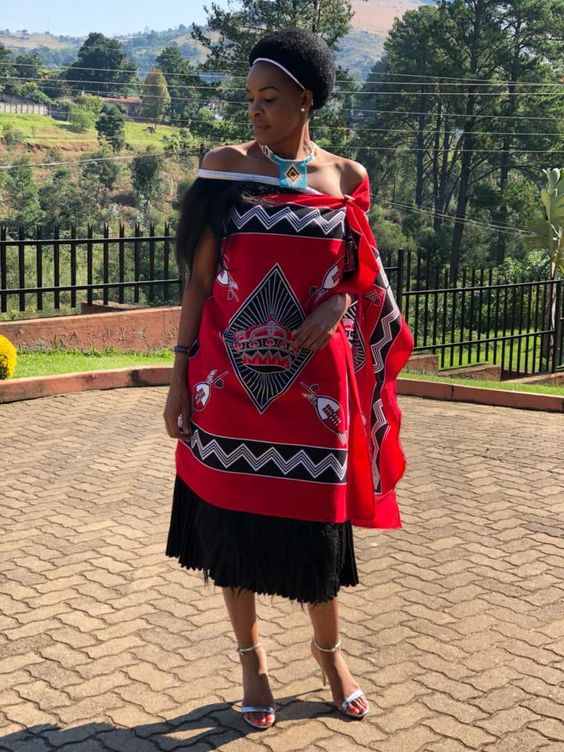
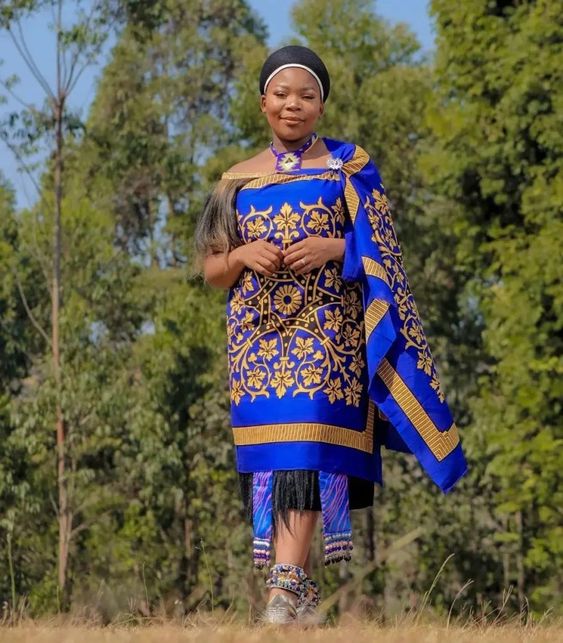
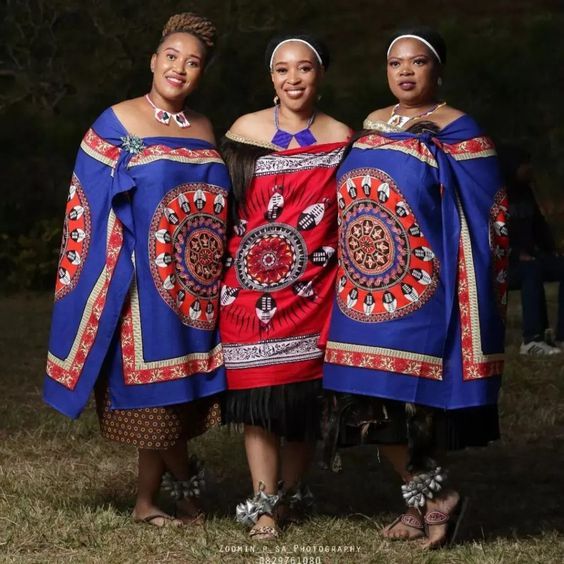
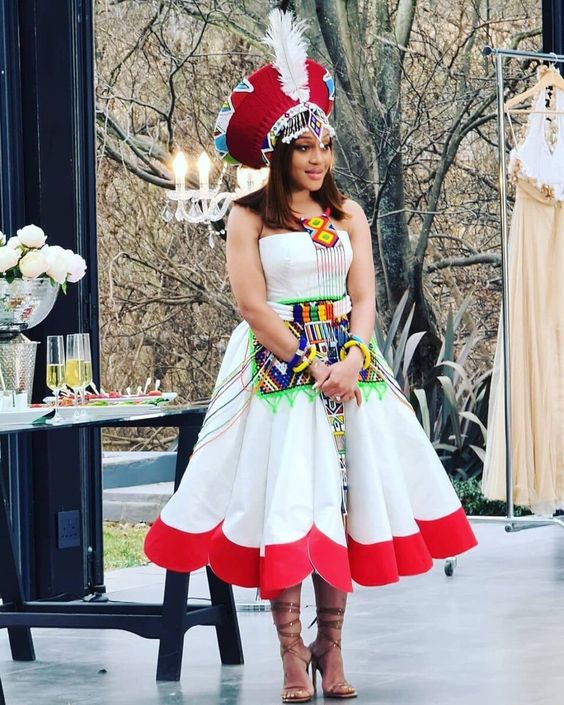
A Look into the Making of Swazi Traditional Dresses: Techniques and Materials
Swazi traditional dresses are renowned for their exquisite craftsmanship and the meticulous techniques used in their creation. These dresses showcase a beautiful blend of natural fibers and imported fabrics, resulting in stunning and unique garments.
Materials Used
The use of natural fibers is a key aspect of Swazi traditional dresses. Sisal, extracted from the leaves of the sisal plant, is woven into fabric, creating a durable and textured base. Cotton, known for its softness and breathability, is also commonly used, ensuring comfort and wearability.
In addition to these natural fibers, imported fabrics like satin and chiffon are incorporated. Satin brings a sense of luxury with its smooth and glossy surface, while chiffon adds a graceful and ethereal touch.
Dyeing Techniques
The vibrant and bold colors of Swazi traditional dresses are achieved through various dyeing techniques. These techniques include tie-dye, batik, and hand-painting, each adding its own unique patterns and textures. Skilled artisans apply these dyeing techniques, ensuring that each dress is a work of art.
The combination of these techniques and materials in the making of Swazi traditional dresses showcases the rich cultural heritage and craftsmanship of the Swazi people. It is a testament to their pride and deep appreciation for preserving their traditions through fashion.
Traditional Dress Designs
Different styles and variations
Swazi traditional dresses encompass a wide range of styles and variations, each reflecting the unique cultural heritage of the Swazi people. These dresses are often characterized by their vibrant colors, intricate patterns, and meticulous craftsmanship. Traditional dress designs may include the flowing “emahiya” dress, adorned with bold geometric patterns and bright hues, or the more tailored “sidvwashini” dress, featuring delicate beadwork and embroidery. Each style showcases the creativity and artistry of Swazi fashion, making these dresses a truly special and distinctive representation of the Swazi culture.
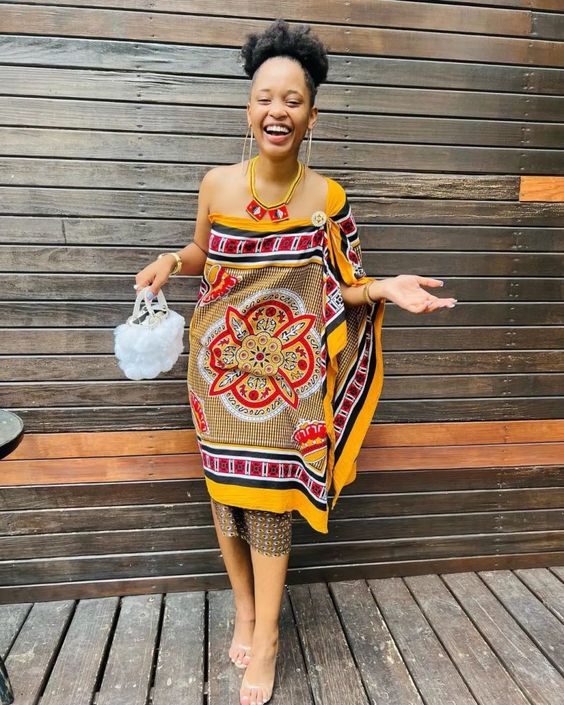
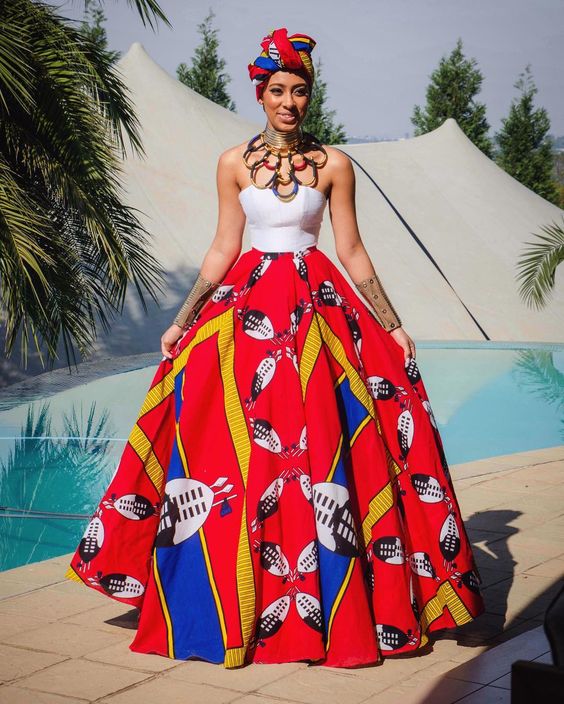
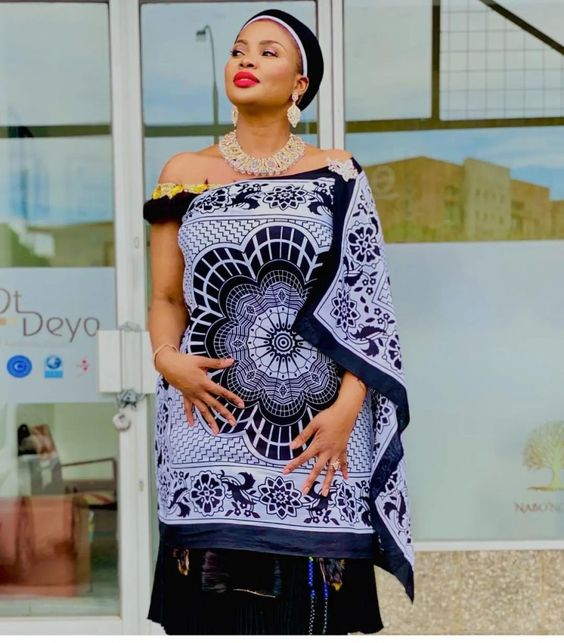


Influence of modern fashion
While Swazi traditional dresses hold deep historical and cultural significance, they have also evolved to incorporate modern fashion influences. Designers have started blending traditional elements with contemporary styles, creating unique fusion pieces. This infusion of modern fashion trends has resulted in the incorporation of different cuts, lengths, and fabrics, allowing for more versatility in styling traditional dresses. The integration of modern fashion elements not only preserves Swazi traditions but also ensures that these dresses remain relevant and appealing to a wider audience, both within and outside of Swaziland.
A Look into the Making of Swazi Traditional Dresses: Techniques and Materials
Swazi traditional dresses are not only known for their vibrant colors and intricate patterns but also for the craftsmanship behind their making. The process of creating these dresses involves a combination of traditional techniques and materials that have been passed down through generations.
One of the key techniques used in making Swazi traditional dresses is hand sewing. Skilled artisans meticulously stitch each dress by hand, ensuring precision and attention to detail. This method not only adds to the uniqueness of each piece but also showcases the dedication and artistry of the craftsmen.
As for the materials used, traditional dresses are often made from lightweight fabrics such as cotton or silk. These fabrics are not only comfortable to wear but also allow for the intricate patterns and designs to be showcased. In addition, beads, sequins, and embroidery are commonly used to embellish the dresses, adding an extra layer of detail and beauty.
The making of Swazi traditional dresses is a labor-intensive process that requires time, skill, and creativity. Each dress is a testament to the rich cultural heritage of the Swazi people and serves as a beautiful representation of their traditions and artistry.
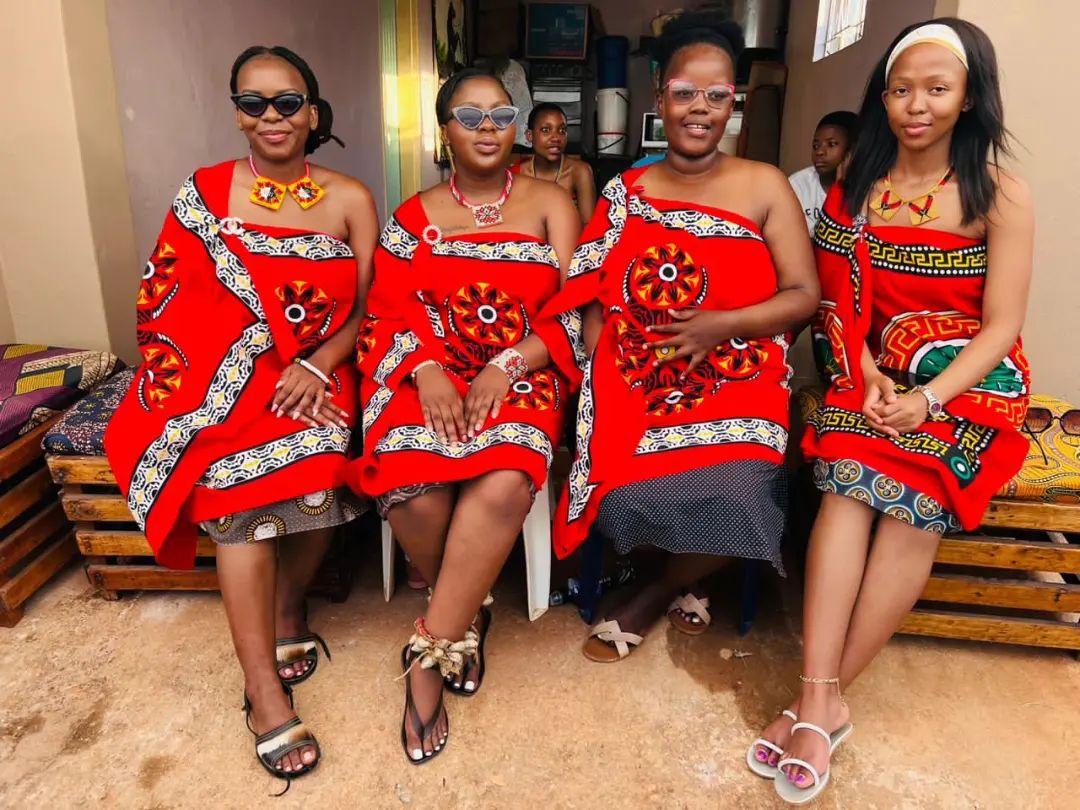
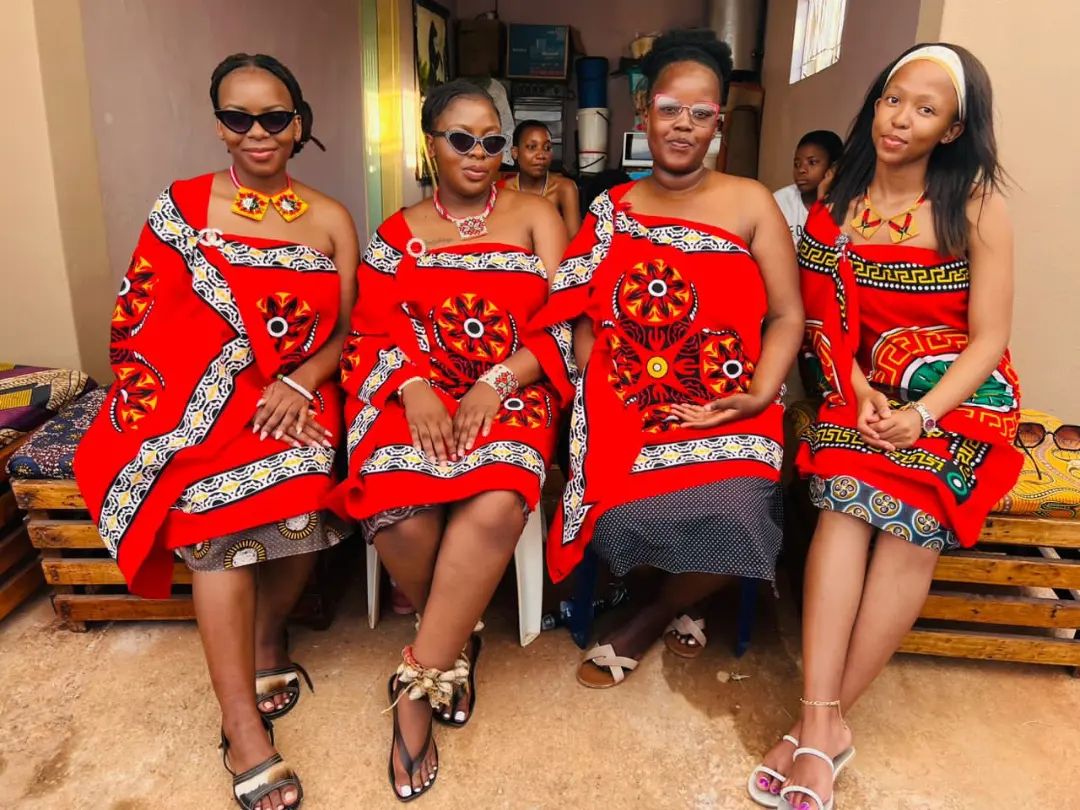

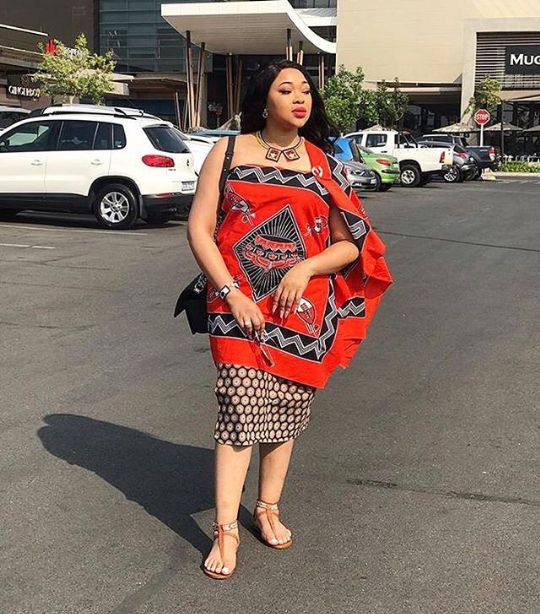
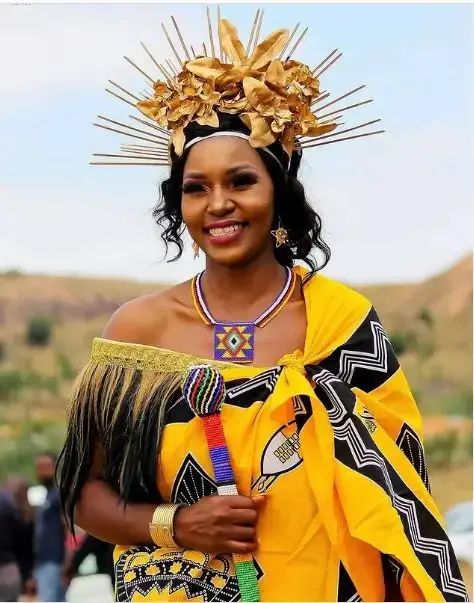

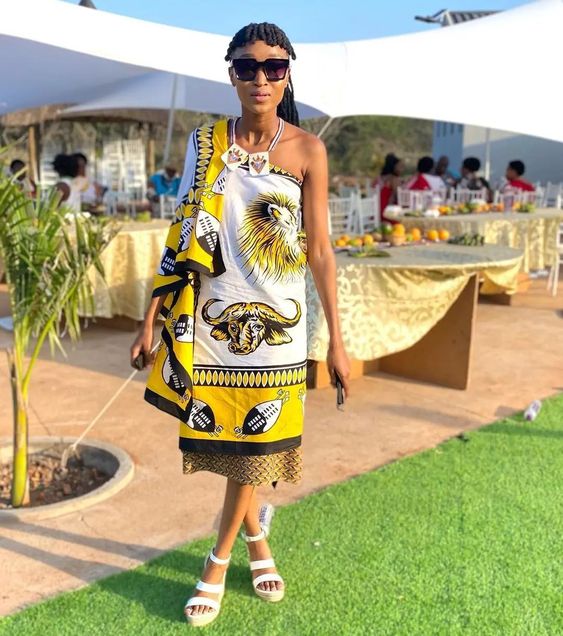
Comments are closed.